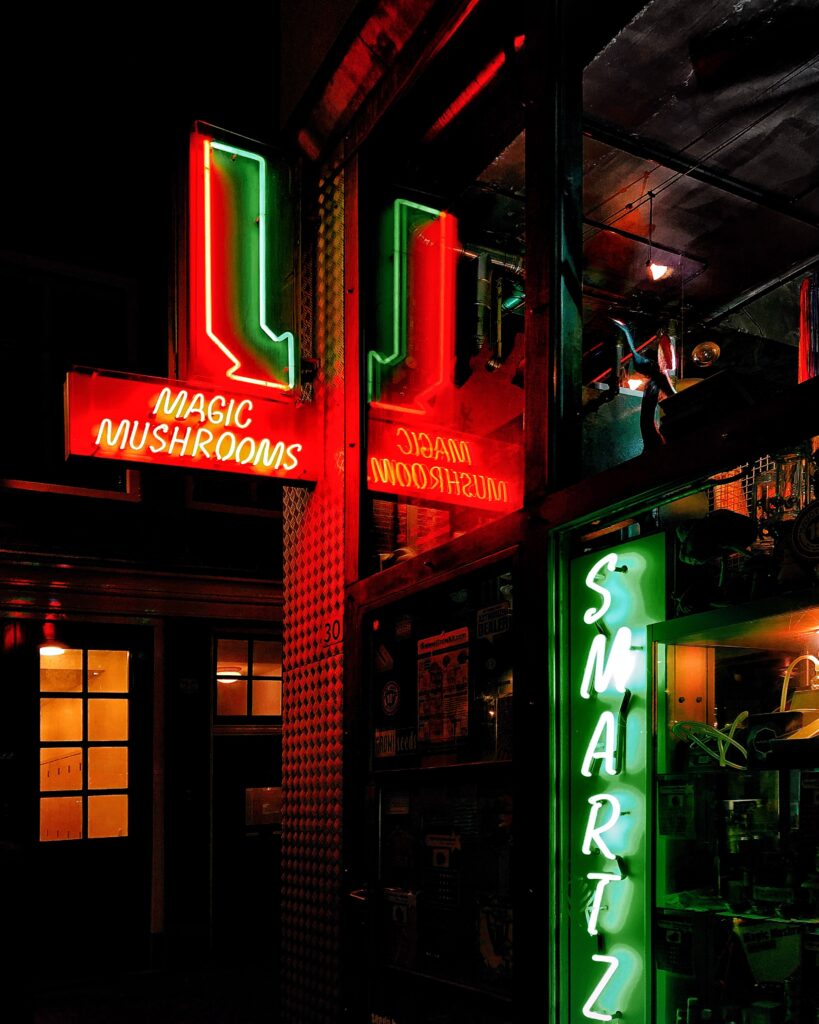
Creating a shelf-stable magic mushroom gummy poses a challenge due to the sensitivity of psilocybin, the active compound in magic mushrooms. Oxygen, which is found in water, initiates a chemical transformation compromising the stability of the actives in the product.
Psilocybin, in its natural state, is prone to oxidation. This process converts psilocybin into its metabolite, psilocin. While psilocybin is relatively stable, psilocin is not, and it tends to degrade rapidly. Incorporating magic mushrooms into gummies, which typically contain water as a crucial component, introduces a dilemma – the oxygen in the water reacts with psilocybin, leading to a swift conversion into psilocin.
This transformation is not only rapid but also irreversible. Any attempt to create a shelf-stable magic mushroom gummy inevitably faces the hurdle of psilocin degradation within a week. Now, we don’t claim to be the authority on magic gummies. We just don’t know of a way to properly preserve the integrity of psilocybin and psilocin if it’s in the presence of water. Perhaps there is a way, and if so, we’d love to hear about it – neurogold@tutamail.com.
And with every challenge comes many different approaches to solving it. One solution that others have adopted is to skip the oxidation problem altogether by using synthetic psilocybin. Various forms of synthetic psilocybin have been created in pharmaceutical company research labs and black-market labs. Different synthetics have been found in chocolates and gummies with higher frequency since 2019. Until a method for stabilizing psilocybin against oxidation is developed, the realization of a durable magic mushroom gummy remains elusive.